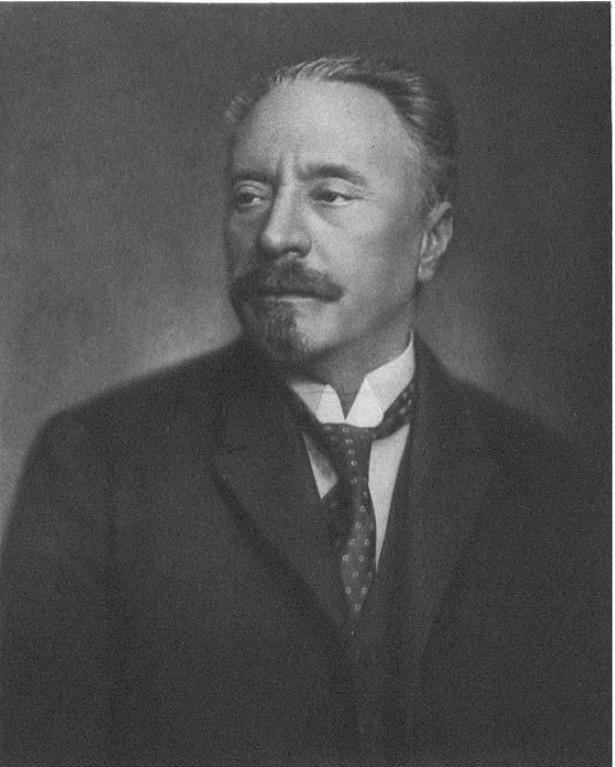Name Mihaly Lenhossek | ||
 | ||
Mihály Lenhossék, named often given as Michael von Lenhossék (28 August 1863 – 26 January 1937) was a Hungarian anatomist and histologist born in Budapest. He was the son of anatomist József Lenhossék (1818–1888) and an uncle to Albert Szent-Györgyi (1893–1986).
Contents

In 1886 he obtained his medical doctorate at Budapest, afterwards working in his father's anatomical institute. In 1889 he became prosector at the University of Basel, later performing similar duties at the University of Würzburg (1892–95). Afterwards he was an associate professor of anatomy at the University of Tübingen, and from 1900 was a professor of anatomy at the University of Budapest.
Lenhossék is largely remembered for his research in the field of neuroanatomy, that included important histological studies of the nervous system. In 1893 he coined the term "astrocyte" to describe a star-shaped cell found in the central nervous system.
